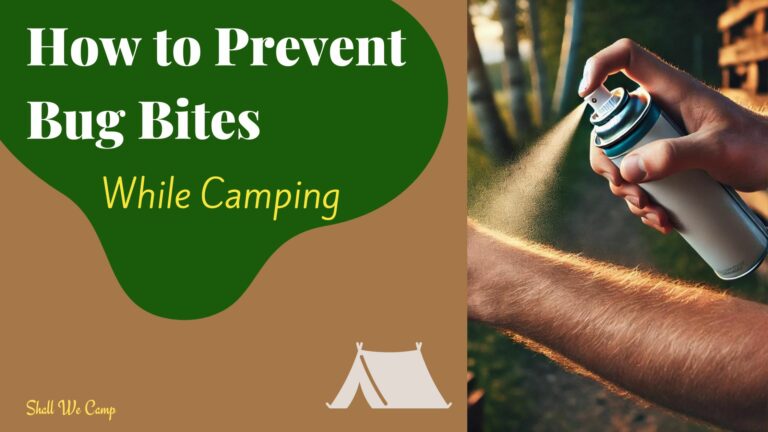Camping trips are all about enjoying the outdoors, getting some fresh air, and just soaking in nature. But nothing ruins that vibe faster than pesky bug bites. And while they are incredibly annoying, they can be damaging to your health, too.
Some bugs, like mosquitoes and ticks, carry diseases like West Nile Virus, Lyme disease, and even malaria in some regions. A simple bite can lead to itching, swelling, or worse, a nasty infection.
Mosquitoes are responsible for more human deaths than any other animal on Earth, causing over 700,000 fatalities annually – making your bug prevention strategy not just a matter of comfort, but potentially life-saving!
Bug bites can also put a serious damper on your camping experience. Try enjoying an evening by the campfire while constantly swatting away mosquitoes. It's irritating and distracting.
Taking preventive measures can keep you healthy and let you enjoy the trip in general, which makes for much happier campers all around.
Table of Contents
Clothing Choices That Repel Bugs
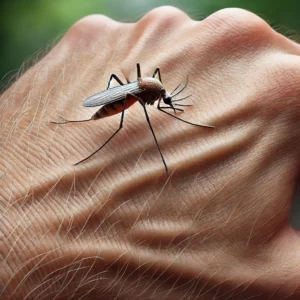
To keep the bugs off, start with what you're wearing. By making smart clothing choices, you have a better chance of keeping bugs away.
Look for tightly woven, breathable materials like nylon and polyester. These fabrics offer a good barrier without making you overheat.
You can also find bug-repellent clothing that has been pre-treated with substances like permethrin, a synthetic form of a natural insect repellent found in chrysanthemum flowers. These treatments make clothes a hostile territory for bugs, giving you an extra layer of protection.
💡 DIY option: You can buy permethrin spray and treat your own clothes
Layering is your friend. Even in warmer weather, consider lightweight, long-sleeved shirts and long pants. They reduce skin exposure, making it harder for bugs to get to you.
Hats with built-in nets are also great for keeping bugs away from your face and neck.
Choose light hues like whites, beiges, and pastels. Dark colors stand out against the landscape and also absorb heat, making you a walking bull's-eye for bugs.
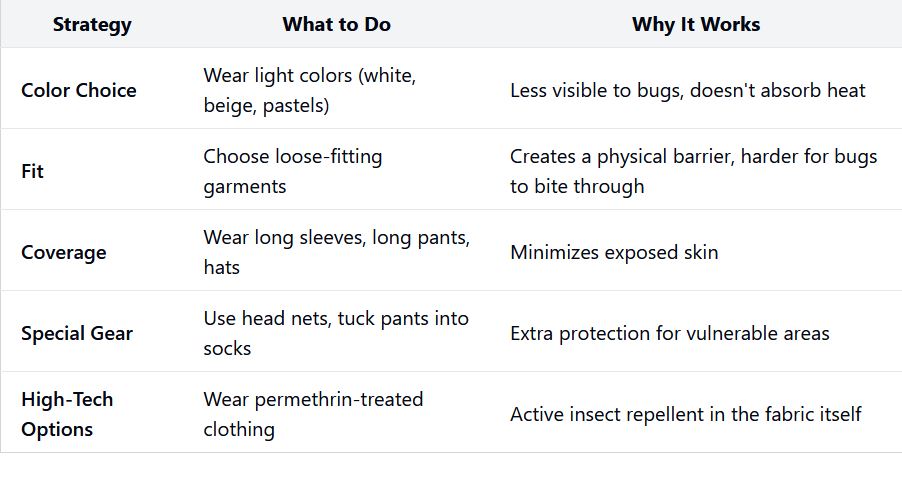
Effective Use of Insect Repellents
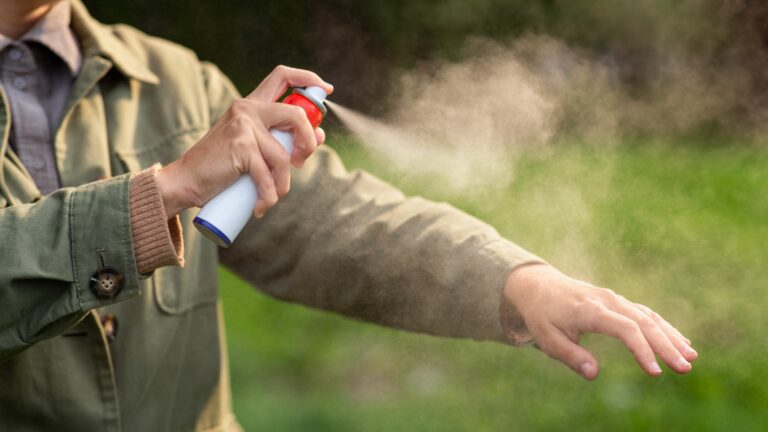
Insect repellents for camping are great for keeping bugs away. But you've got to know the types and how to use them right.
Types of Insect Repellents:
DEET: One of the most popular choices, because it's strong and effective. Be sure to check the concentration as higher percentages offer longer protection, but they can also be harsh on the skin.
Natural Insect Repellents: Useful if you want to stay away from using chemicals, Essential oils like lemon eucalyptus, citronella, and lavender can do the trick.
Natural repellents might not last as long, so you’ll need to reapply more often.
How to Apply:
Apply your chosen repellent evenly over all exposed skin. For things like clothing, find specific gear sprays that are designed for fabrics, so you get more lasting protection.
Never spray directly on your face. Spray on your hands first, then apply to your face and neck.
If you are using strong chemical repellents, follow the instructions on the bottle. Don't overdo it and avoid using on cuts or irritated skin.
For kids, use lower concentration formulas and keep it away from their hands. You don't want them accidentally ingesting it.
When to Reapply:
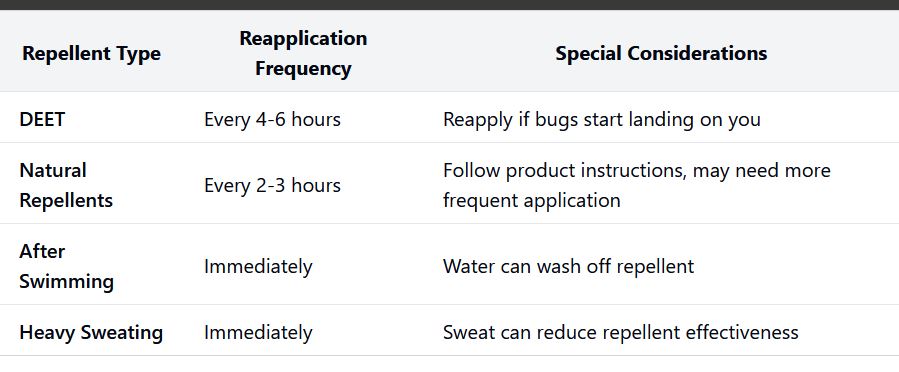
Creating a Bug-Free Camping Environment
Setting up camp in bug-prone areas needs some strategic thinking and tweaking.
- Go for open spaces with minimal vegetation and away from standing water. High ground with a breeze is ideal because wind makes it tougher for bugs to fly and bother you.
- Bug nets and screens are extremely useful for a good night's sleep. Mesh tents with fine netting or adding an extra bug net over your existing tent can make a huge difference.
- Campfires are great because bugs hate smoke. Lighting a fire not only keeps you warm and cooks your food, but it also creates a natural insect repellent.
- Scented candles and bug-repellent lanterns are other solid options. Citronella candles are a classic, but other scents like eucalyptus and rosemary do the job too.
- Keep food sealed and stored properly to avoid attracting unwanted guests. Dispose of trash immediately and keep your camp clean. Bugs are often drawn to spills and food bits.
Natural Bug Prevention
You don't have to use fancy chemicals to keep the bugs at bay. In fact, essential oils and certain plants can be super effective as natural insect repellents.

Essential Oils That Repel Bugs:
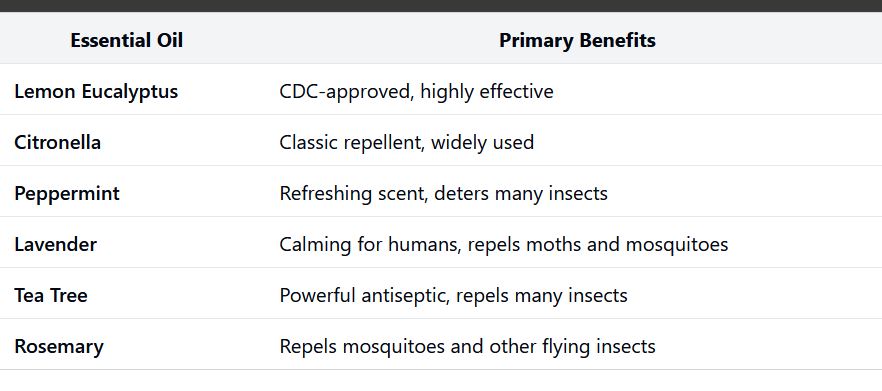
How to use: Mix a few drops with a carrier oil (like coconut oil) and apply to skin, or add to a spray bottle with water for a natural bug spray. Always do a patch test first to check for skin sensitivity!
Plants that Keep Bugs Away:
- Citronella Grass: The source of citronella oil.
- Lavender: Beautiful, fragrant, and bugs hate it.
- Marigolds: Bright and cheerful, with a secret talent for pest control.
- Peppermint: Refreshing in tea, repelling in the garden.
- Rosemary: Season your food and repel bugs at the same time!
DIY: Homemade Repellent Recipes
| Recipe | Ingredients | Instructions |
|---|---|---|
| Essential Oil Spray |
• 1/2 cup witch hazel • 1/2 cup distilled water • 30-50 drops of essential oils |
Mix in a spray bottle and shake well before each use |
| Vinegar Vanilla Repellent |
• 1 cup apple cider vinegar • 1 tablespoon vanilla extract |
Mix in a spray bottle. The vinegar smell disappears when dry, leaving a pleasant vanilla scent. |
| Herb Infusion |
• 1 cup of water • 3-4 tablespoons of dried herbs (like peppermint, lavender, or citronella) |
Boil water, add herbs, let steep for 30 minutes, strain, and pour into a spray bottle |
| Citrus Peel Candles |
• Citrus fruit (orange, lemon, or lime) • Beeswax • Citronella oil • Wick |
1. Cut fruit in half and scoop out flesh 2. Fill peel with a mixture of beeswax and citronella oil 3. Add a wick and let it harden 4. Light for a natural, bug-repelling ambiance |
Campfire Tactics
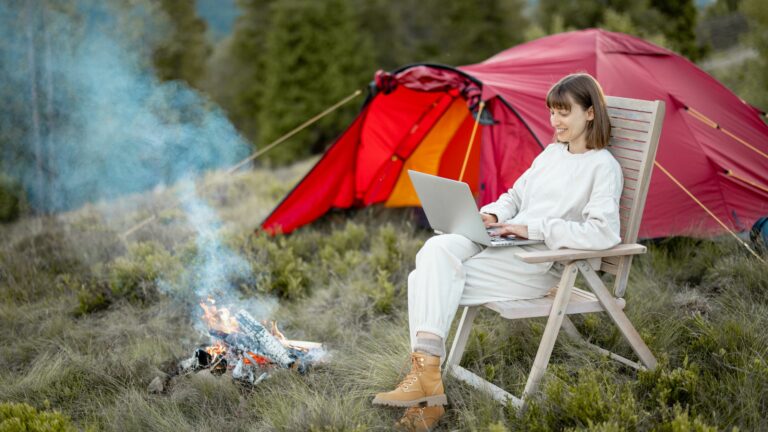
With a few clever tactics, you can turn your campfire into an effective weapon in the battle against bugs.
For instance, some types of wood have natural compounds that bugs find very unpleasant. Try adding any of these to your fire…
- Cedar
- Pine
- Eucalyptus
- Sage
- Dried Lavender
Here's how to use smoke effectively and safely:
- Location, location, location: Position yourself downwind of the fire to benefit from the smoke without getting a faceful of it.
- Size matters: A larger fire isn't necessarily better. A small, smoldering fire often produces more smoke.
- Feed the flames strategically: Add bug-repelling woods or herbs periodically to maintain a steady stream of insect-deterring smoke.
- Monitor wind direction: Be prepared to move as the wind shifts to stay in the sweet spot of bug protection.
- Never leave your fire unattended: Safety first, always!
Cold Nights? No Problem! Check out our expert tips on How to Stay Warm in a Tent.

